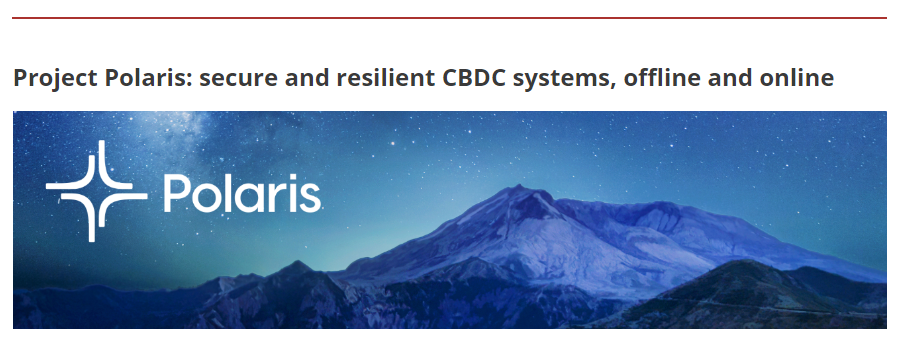
As part of Project Polaris, the BIS Innovation Hub Nordic Centre has published a comprehensive handbook exploring key aspects of how central bank digital currencies (CBDCs) could work for offline payments.
The ability to make payments offline means being able to use a CBDC without being connected to the internet, either temporarily or because of coverage limitations. Central banks considering the potential implementation of CBDCs with offline functionality must take into account a complex matrix of issues including security, privacy, likely risks, the types of solution, their maturity and applicability, and operational factors.
The handbook, compiled in partnership with Consult Hyperion, addresses these as well as objectives for resilience, inclusion, cash resemblance, accessibility and other desired attributes.
The degree to which CBDCs will be provided or used offline will vary significantly by country, region, demographics and specific contexts, which will also influence the solutions chosen.
„CBDC systems, like all digital payment systems, must work for everyone in society, whenever and wherever individuals and businesses need them. The ability to pay when offline could provide a layer of resilience, as well as supporting inclusion, accessibility and privacy objectives. Implementing offline payment capabilities will require a deeper understanding of the technologies, security threats, risks and mitigating measures, as well as design criteria for privacy, inclusion and resilience. This handbook aims to guide to central banks starting this work.” – said Beju Shah, Head of the BIS Innovation Hub Nordic Centre.
Over several workstreams, Project Polaris will provide central banks with the essential information needed to inform decision-making, architecture, design, implementation planning and investments. It will also address long-term change and operational considerations.
Banking 4.0 – „how was the experience for you”
„To be honest I think that Sinaia, your conference, is much better then Davos.”
Many more interesting quotes in the video below: